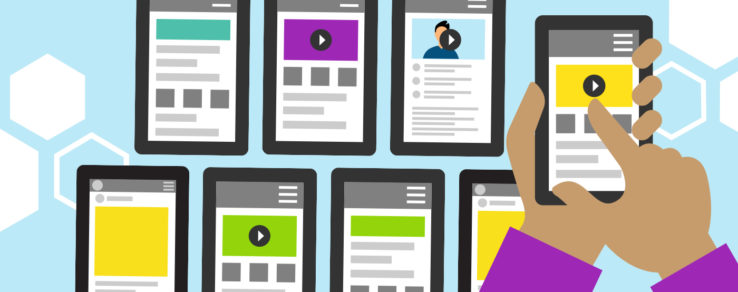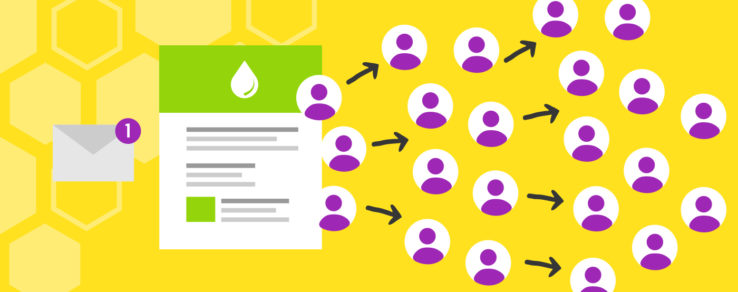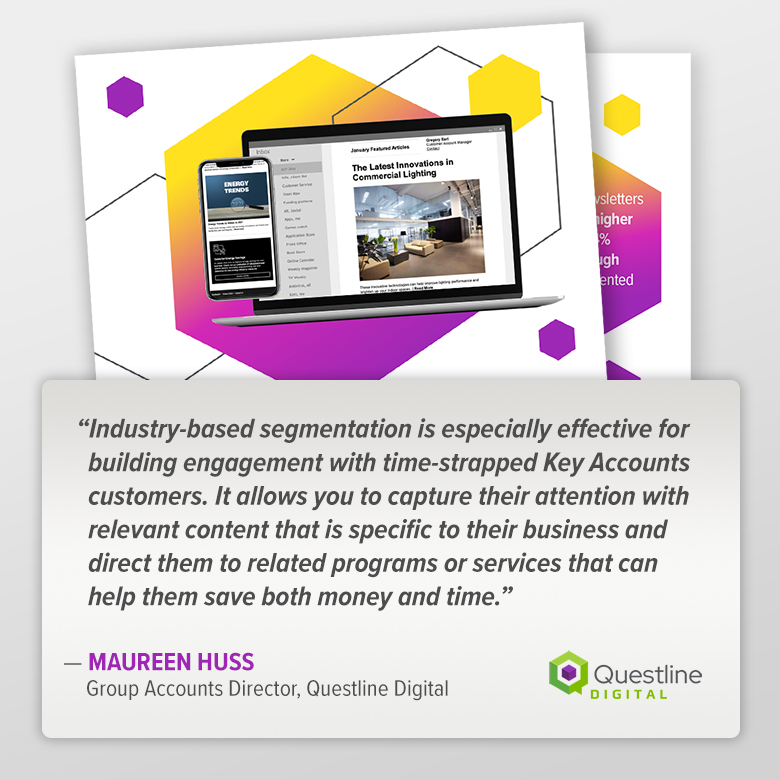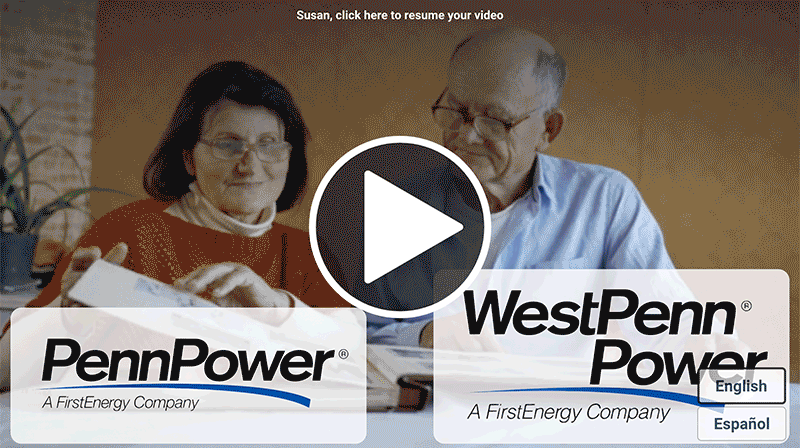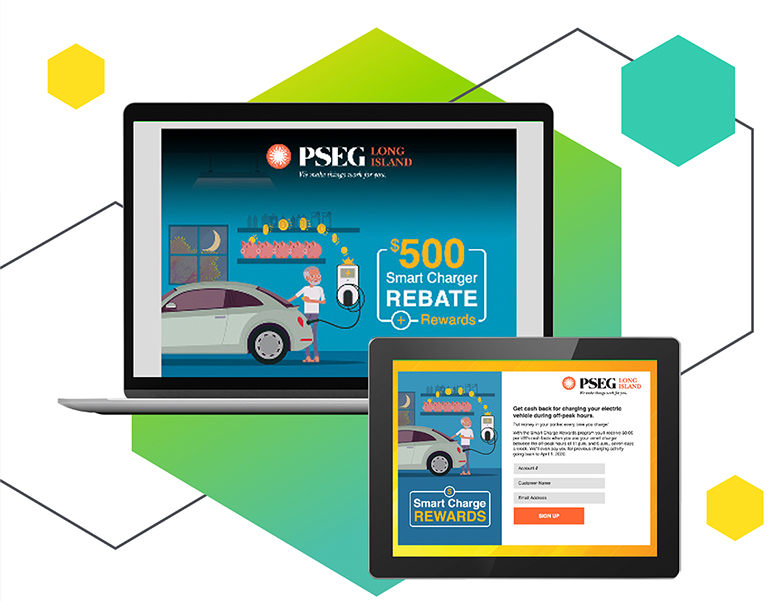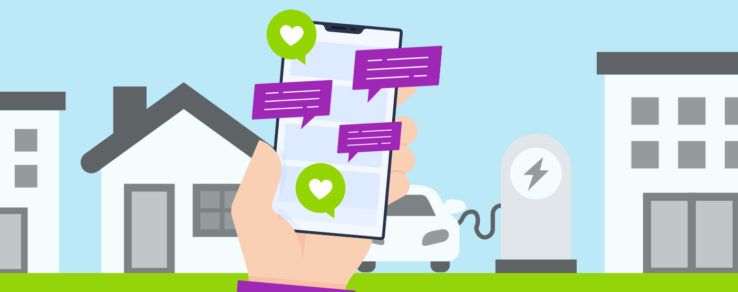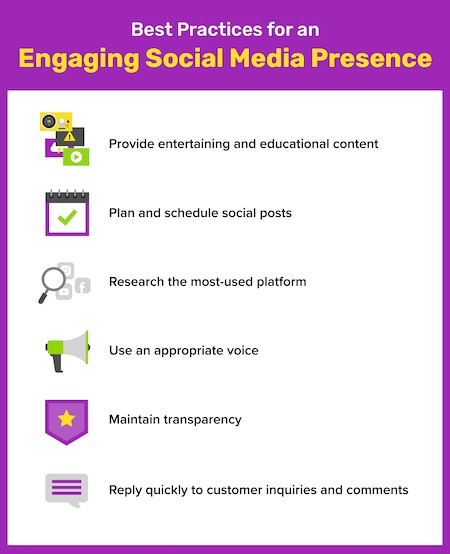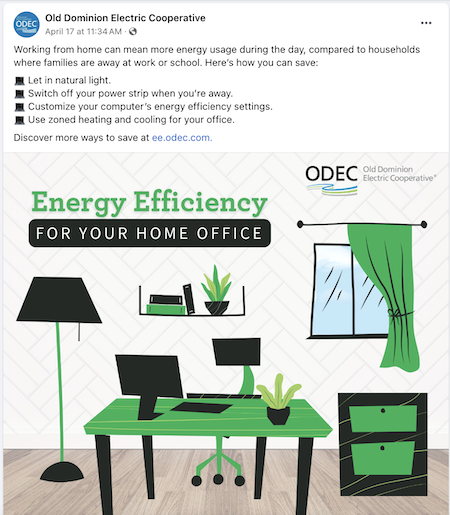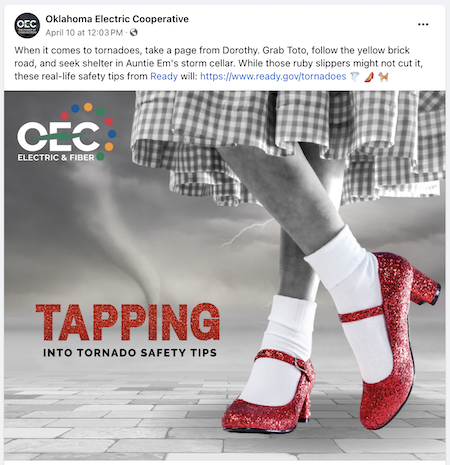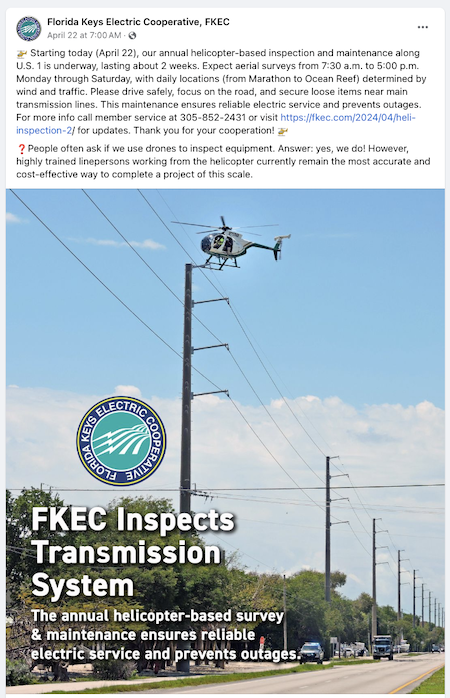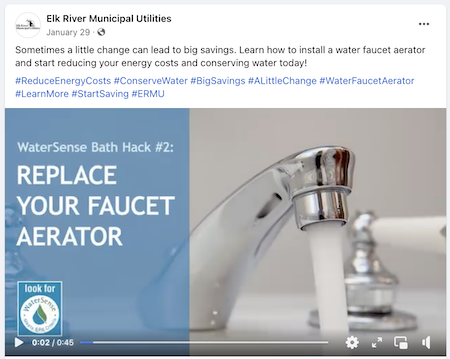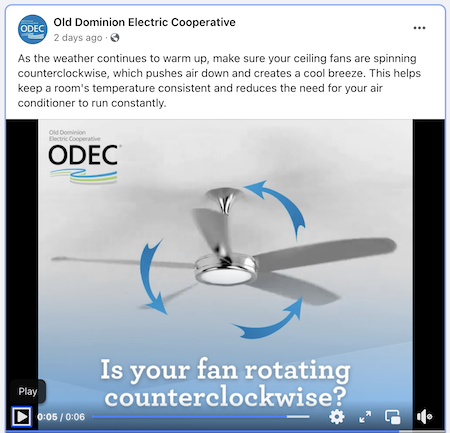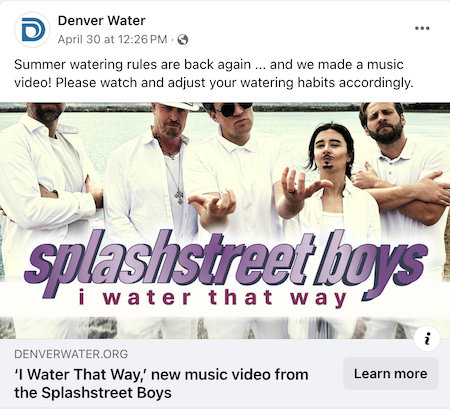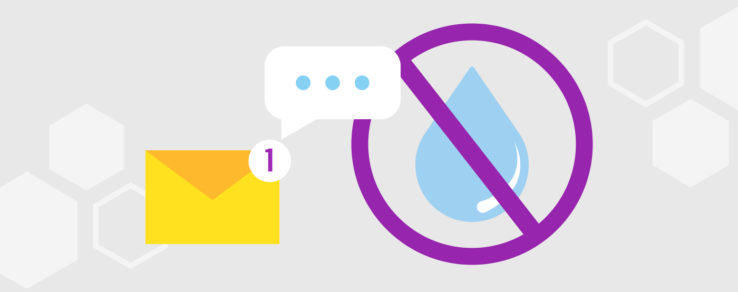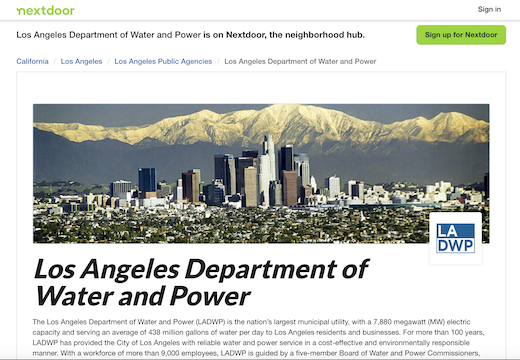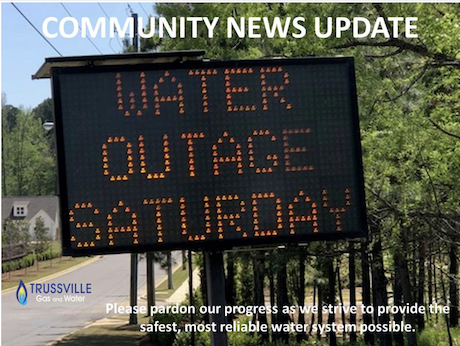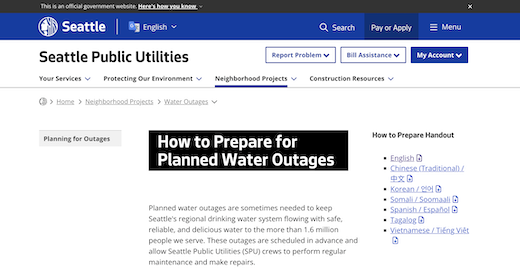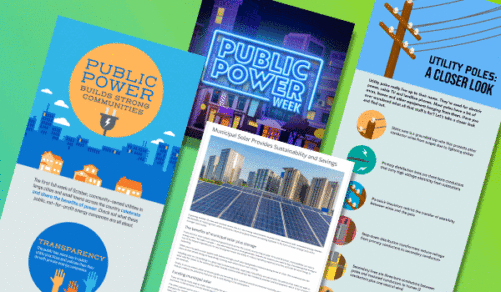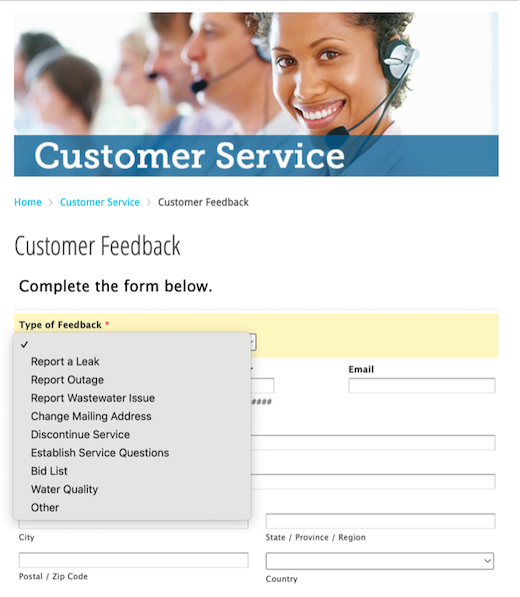Imagine Sarah, a busy homeowner, looking at her latest utility bill. The page is a maze of numbers and technical jargon, leaving her frustrated and disconnected. “There must be a better way to understand my energy use,” she sighs, tossing the bill aside.
Sarah’s experience highlights a common shortcoming in traditional brand communication. Historically, brands in all industries have relied on a one-way model. For utilities, that means bills arriving monthly, generic service updates and interactions limited to problem-solving calls. While these methods will always serve a purpose, they fail to truly connect with customers, leaving them feeling more like account numbers than valued partners in energy consumption.
Enter the power of content marketing: a game-changing approach transforming this outdated landscape. Instead of a generalized paper bill, imagine Sarah receiving an engaging email newsletter filled with personalized energy-saving tips or a link to a helpful video explaining her usage patterns.
Through informative blogs, interactive tools and customer-focused stories, content marketing conveys information while building relationships, fostering engagement and empowering customers like Sarah to take control of their energy use.
Transforming Utility Communications
Content marketing hinges on the power of storytelling and creating connections. By offering educational, engaging content that helps customers increase energy and water efficiency, save money and better comprehend complicated topics, utilities can:
- Become a thought leader: Utilities position themselves as thought leaders in the industry by sharing insights and trends.
- Build trust: When customers see their utility as a knowledgeable partner rather than just a service provider, it nurtures confidence and trust.
- Foster brand loyalty: When engaging content fosters a sense of connection and trust, customers end up with positive brand associations.
- Improve customer satisfaction: Over 70% of consumers expect a personalized experience when interacting with a company. By addressing concerns and providing helpful tips, content marketing can meet those expectations and increase satisfaction.
The power of content moves beyond transactional communication, opening a two-way channel for meaningful dialogue between utilities and their customers. This presents a pivotal opportunity for utilities to reimagine their role in customers’ lives — from mere service providers to trusted partners.
Content Formats For Effective Communication
Utilities can use various formats to fully leverage the power of content marketing and create the most effective content strategy for customers.
- Blogs: Informative and engaging blogs on relevant industry topics and customer concerns serve as the backbone of many content marketing strategies. Utilities can use blogs to discuss industry trends and provide seasonal energy- or water-saving tips.
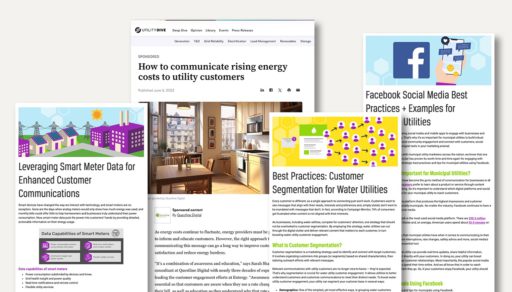
- Infographics and videos: Visual content simplifies complex information and increases engagement. An infographic sharing energy myths or a video explaining how water is treated at a processing facility can make technical information accessible, exciting and memorable to a broad audience. In fact, studies show that people can remember 65% of visual content even after nearly three days, as opposed to written content, which is typically recalled at a rate of 10%.
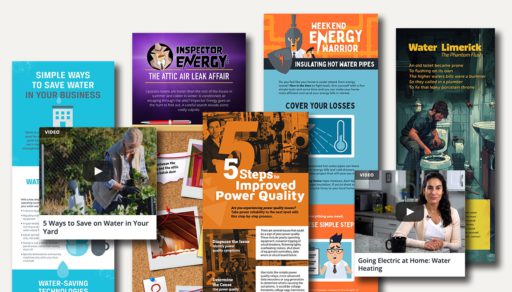
- Newsletters: Email newsletters provide utilities with a regular, personalized touchpoint to engage customers beyond billing and service updates. Monthly newsletters can deliver a variety of topics, such as smart home technology and energy efficiency home improvement, directly to customers’ inboxes.
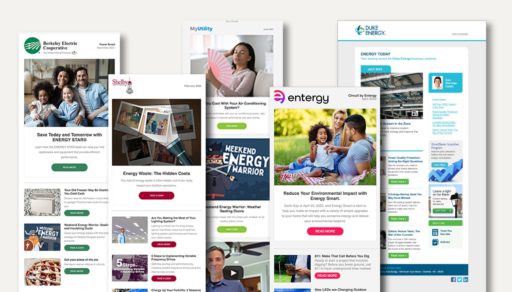
- Social media: Social media platforms are powerful tools for content distribution and fostering two-way communication. Share snippets of blogs, infographics and videos, provide essential outage updates and engage with customer questions and comments.
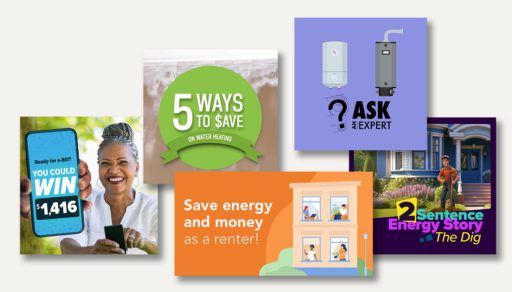
- Webinars: Host educational webinars on subjects like energy-efficient lighting solutions, developing an energy plan, using gas appliances safely and conserving water. Webinars allow for in-depth discussions and real-time customer interaction, which increases utilities’ value propositions.
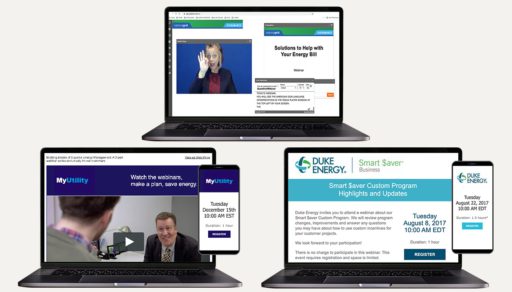
Understanding your audience is crucial. Utilities must conduct research to identify customers’ preferences, pain points and information requests. This knowledge helps tailor a content strategy that resonates.
Maintaining a Powerful Content Strategy
To ensure the long-term success of a content marketing strategy, utilities should focus on several key aspects:
- Consistency: Regularly publish high-quality content to maintain audience engagement and improve search engine visibility.
- Relevance: Keep content aligned with customer interests and needs. Use data analytics and feedback to inform content creation.
- Personalization: Tailor content to different segments, addressing their concerns and preferences.
- Multichannel approach: Distribute content across various platforms to reach customers where they are most active.
- Measurable goals: Set clear objectives for content marketing efforts and frequently assess performance using key metrics.
Remember, successful content marketing is an ongoing process requiring continuous evaluation and refinement. Utilities should review their strategy regularly to ensure it aligns with customer goals and needs.
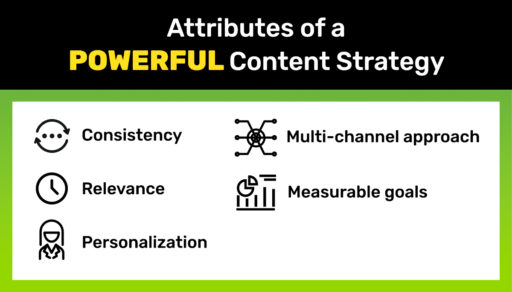
Unlocking the Potential of Content Marketing
The true power of content marketing lies in its ability to educate, inform and empower customers. When executed effectively, utilities not only enhance the customer experience but also position themselves to thrive in a complex industry landscape.
By fostering a more informed and engaged customer base, content marketing doesn’t just benefit communication strategies — it can also drive innovation, support business objectives and contribute to a resilient and sustainable future.
